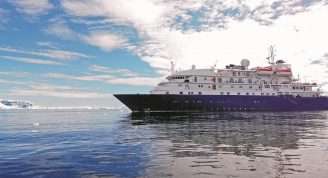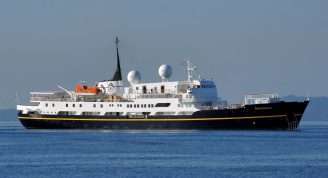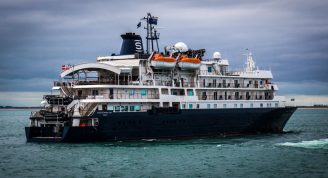Description
This unique voyage will appeal to those who prefer their islands deserted but with abundant bird and wildlife. If you have always had a hankering to visit some of the remotest and most inaccessible islands in Scotland, this is the ideal opportunity visiting as it does the Shetland Islands, Orkney Islands and the majestic Hebrides. Join us aboard the 84-passenger Ocean Nova as we sail from the port of Aberdeen to the islands on the edge, visiting both inhabited and uninhabited islands and places of great natural beauty, rich in wildlife and mystical history, many with a long history dating back to the Iron Age.
Few cruise ships offer the chance to explore the islands off the northern coast of Scotland and our unique expedition combines visits to the remote, uninhabited outpost of St Kilda with the inhabited islands of North Ronaldsay and Fair Isle as well as the ‘Bird Island’ of Foula. We will also see the Isle of Noss, one of the most important seabird colonies in Scotland, along with two of the largest gannetries in the world at Stac Lee and Boreray. Such a trip would be almost impossible to arrange independently and requires a small ship with the expeditionary qualities of the Ocean Nova. With just over eighty travelling companions, the atmosphere on board is convivial and when ashore with our local experts and expedition team, we will divide into small groups thereby enjoying a comprehensive and peaceful experience.










